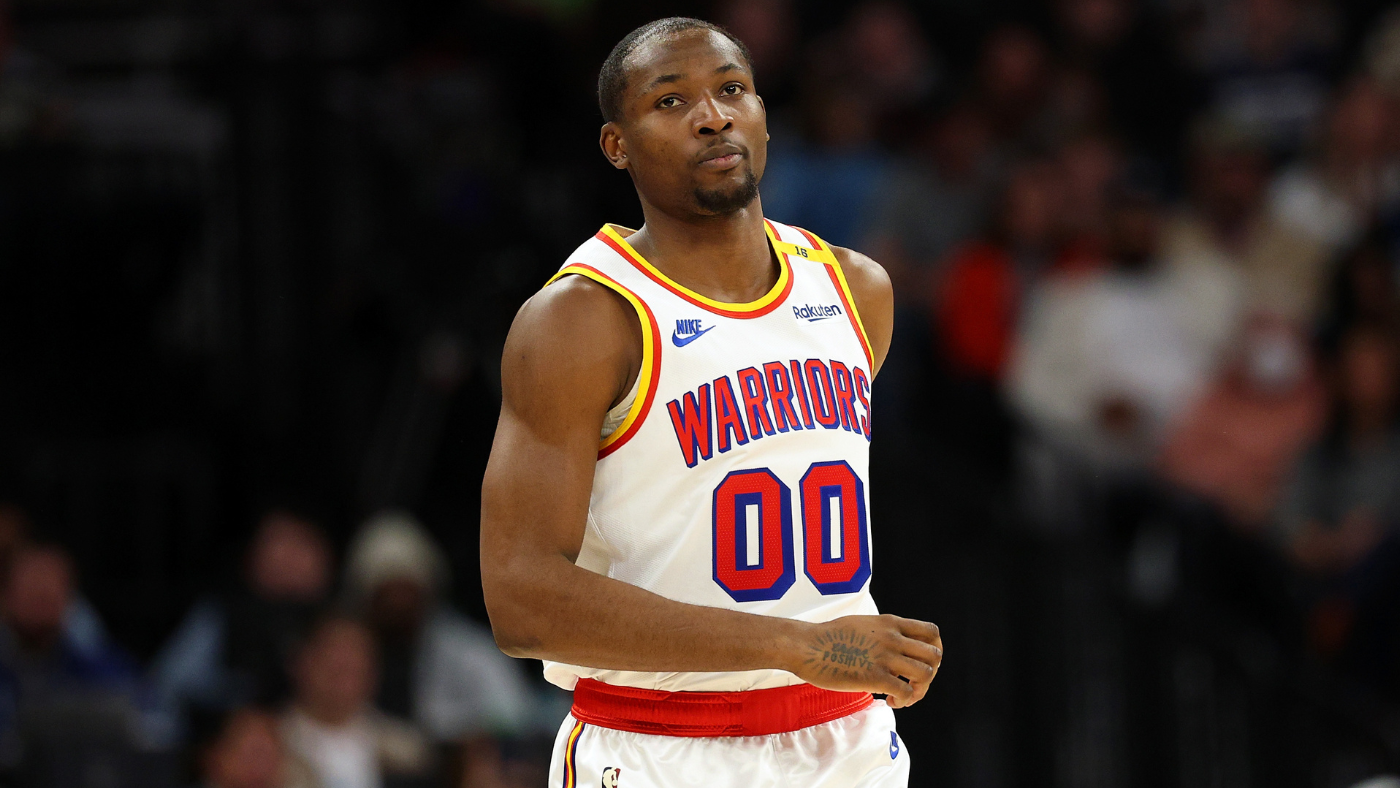As the NBA calendar quietly approaches August, a handful of teams find themselves with significant work remaining on their rosters, navigating complex financial landscapes and player contract situations. While the flurry of major free agent signings and trades has largely subsided, the lingering questions for these franchises could define their upcoming seasons and beyond, underscoring the relentless nature of NBA offseason planning.
The New York Knicks, despite adding key pieces, still have open roster spots and are hard-capped, sitting precariously close to the second apron. Their situation hinges on potential extensions for star players like Julius Randle and Jalen Brunson, or even an eve-of-training-camp trade, a strategy the front office has successfully employed in the past to manage their cap and team roster management. Unsigned guards and lingering NBA free agency targets like Delon Wright add further complexity to their guard rotation.
Remarkably, the Golden State Warriors have remained completely dormant in terms of official roster moves this summer. With only nine players signed to standard contracts, their offseason is largely on hold due to the ongoing contract negotiations with restricted free agent Jonathan Kuminga. Discussions around a two-year, $45 million offer versus Kuminga’s reported request for three years and $82 million, coupled with the possibility of sign-and-trade scenarios, dominate the Golden State Warriors narrative.
Unlike other teams scrambling for depth, the Boston Celtics face a different challenge: being too expensive for their current temporary contention status. Despite shedding significant salary in recent trades, they remain well over the luxury-tax threshold. This financial burden fuels persistent NBA trade rumors surrounding players like Anfernee Simons and Georges Niang, both on expiring contracts, as Boston explores options to reduce their financial commitments while potentially acquiring less expensive, long-term assets.
The Brooklyn Nets, despite utilizing some cap space, still possess considerable flexibility, though its extent depends heavily on the decisions of restricted free agent Cam Thomas and other non-guaranteed contract holders. While players like Day’Ron Sharpe and Trendon Watford have reportedly agreed to terms, their official re-signings could drastically alter the Nets’ remaining cap space, potentially forcing them to make difficult roster cuts as part of their NBA offseason strategy.
An unusual situation plagues the Charlotte Hornets, who currently have an unwieldy 18 players under contract. This crowded roster includes Pat Connaughton, acquired in a trade, who appears to be a prime buyout candidate but remains on the books. The Hornets will likely need to make several waivers or execute a larger trade to streamline their roster before opening night, highlighting the need for strategic team roster management in a confined salary cap environment.
Finally, the Utah Jazz find themselves with a full 15-man roster, yet there’s a quiet expectation of further movement. While trade buzz has been minimal, the team still possesses floor-spacing big men like Kelly Olynyk who are likely candidates to be moved. The Jazz’s lack of activity suggests they may be waiting for the market to develop further, or they are content with their current lineup, for now, despite the general feeling that more NBA trade rumors could emerge.
These six teams represent the varied and often challenging aspects of the NBA free agency period. From cap space conundrums and restricted free agent stalemates to luxury tax woes and roster overpopulation, their unresolved situations underscore the strategic chess game played by front offices long after the initial waves of signings subside. The coming weeks will reveal how these critical decisions ultimately shape their competitive outlook for the upcoming season.






Leave a Reply